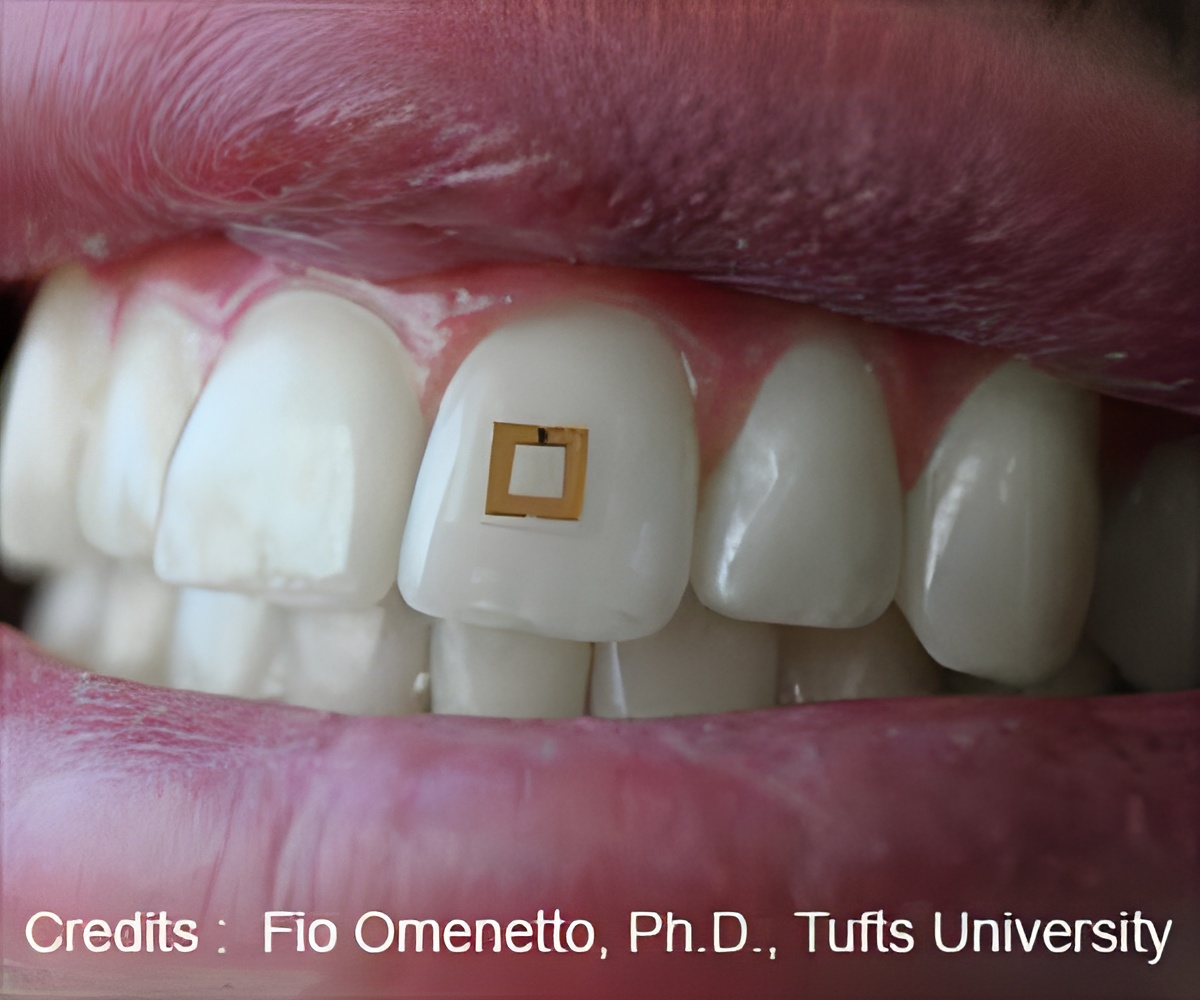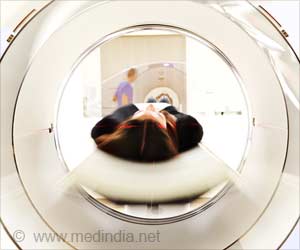Dental sensors can help keep track of all the unhealthy treats you should not have eaten by real-time data monitoring.

‘The sensor can also change its "color." For example, if the central layer takes on salt, or alcohol its electrical properties will shift, causing the sensor to absorb and transmit a different spectrum of radio frequency waves and this is how nutrients and other materials can be detected and measured.’





Previous wearable devices for monitoring dietary intake suffered from limitations such as requiring the use of a mouth guard, bulky wiring, or necessitating frequent replacement as the sensors rapidly degraded. Tufts engineers sought a more adaptable technology and developed a sensor with a mere 2mm x 2mm footprint that can flexibly conform and bond to the irregular surface of a tooth. In a similar fashion to the way a toll is collected on a highway, the sensors transmit their data wirelessly in response to an incoming radiofrequency signal.
The sensors are made up of three sandwiched layers: a central "bioresponsive" layer that absorbs the nutrient or other chemicals to be detected, and outer layers consisting of two square-shaped gold rings. Together, the three layers act like a tiny antenna, collecting and transmitting waves in the radiofrequency spectrum.
As an incoming wave hits the sensor, some of it is canceled out, and the rest transmitted back, just like a patch of blue paint absorbs redder wavelengths and reflects the blue back to our eyes.
The sensor, however, can change its "color." For example, if the central layer takes on salt or ethanol, its electrical properties will shift, causing the sensor to absorb and transmit a different spectrum of radiofrequency waves, with varying intensity. That is how nutrients and other analytes can be detected and measured.
Advertisement
Source-Eurekalert










